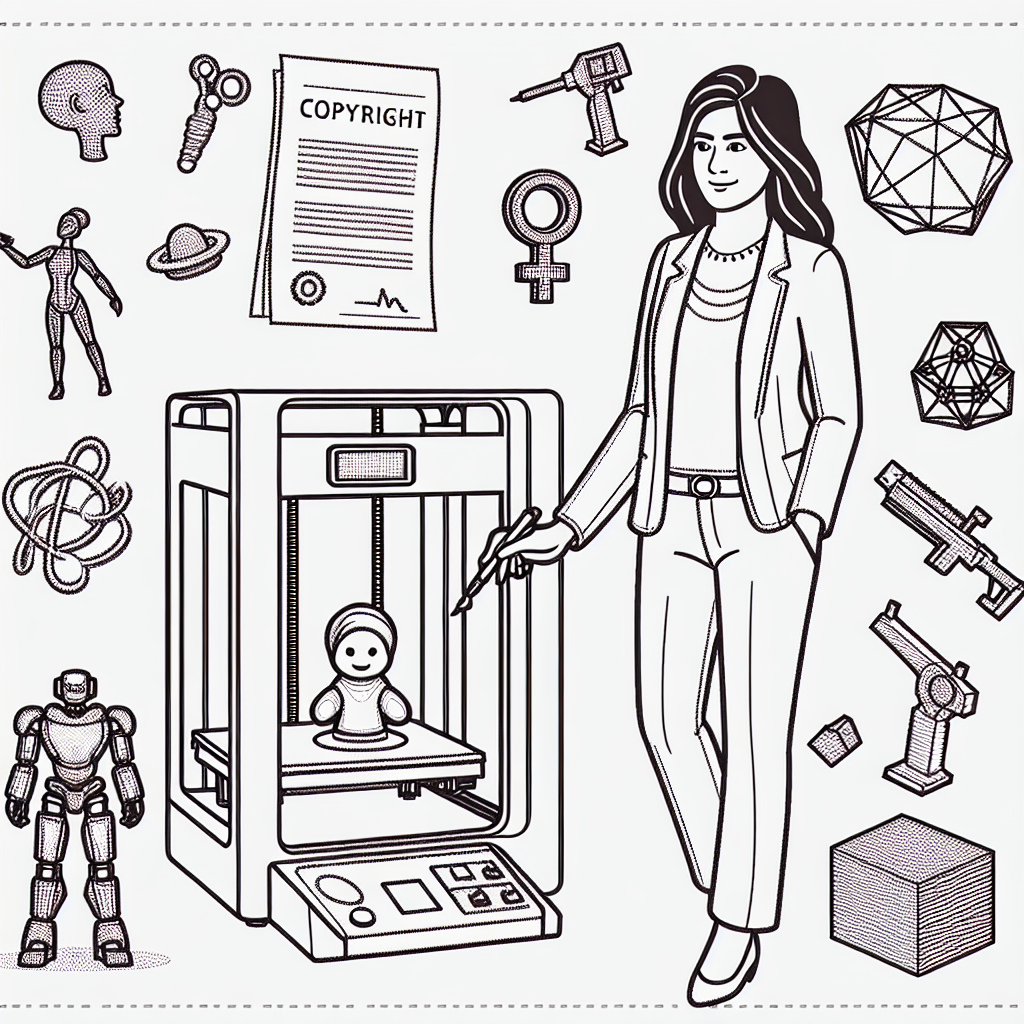Introduction to 3D Printing and Legal Considerations
As 3D printing technology becomes more accessible and widespread, it brings with it unique challenges related to intellectual property and copyright law. Whether you are a hobbyist, a business owner, or an educator, understanding the legal implications surrounding 3D printing is crucial to avoid unwanted legal complications. In this article, we’ll explore the essential aspects of 3D printing laws, copyright, and intellectual property rights.
Understanding Copyright and Intellectual Property in 3D Printing
The heart of the issue lies in the ease with which objects can be created, shared, and reproduced with 3D printing technology. Copyright protects original creative works, including sculptures, creative designs, and artistic renderings. Intellectual property (IP) encompasses broader legal protections that include copyrights, trademarks, patents, and design rights.
Copyright and 3D Printing: What Can and Cannot Be Copied?
Generally, copyright law protects original creative works from unauthorized copying. When you download a 3D model file from the Internet, you must ensure that you have proper authorization from the copyright holder to use, modify, or distribute the model. Simply finding a 3D model available online does not necessarily mean you have the right to use it for commercial or even personal purposes.
Consider the following copyrighted items, which typically require permission to reproduce:
- Characters from movies or TV shows
- Popular toy designs or consumer products
- Original sculptures, figurines, and artistic creations
- Company logos and brand-specific designs protected by trademarks
Patents and 3D Printing
Patents protect new inventions, methods, industrial designs, and processes. Even if you’re legally allowed to print an item for personal use, reproducing and selling patented items or components without explicit permission from the patent holder may expose you to legal risks. Patents are particularly significant in industries such as automotive, aerospace, medical, and electronics—fields where novel inventions and designs frequently carry patent protections.
Trademarks and 3D Printing
Trademark laws protect brand names, logos, and unique identifiers associated with a particular company or product. Printing items that feature protected trademarks without authorization may lead to trademark infringement claims. Common trademark infringements in 3D printing include the printing and selling of branded products, logos, or merchandise without explicit authorization from the trademark holder.
Fair Use and Personal Use in 3D Printing
The concept of “fair use” or “fair dealing” in copyright law can provide limited legal exemptions to use protected works without explicit permission. However, the boundaries around fair use for 3D printed objects are still relatively unclear and vary by jurisdiction. Generally, fair use might include educational, research, or artistic purposes, provided that these uses do not significantly impact the copyright holder’s ability to profit from their work.
Personal use is another gray area. While printing copyrighted items strictly for personal, non-commercial use may often remain unchallenged, even personal use has limits. Printing an item for personal use does not automatically protect you from infringement claims, especially if the object you print could lead to an economic loss for the copyright or patent holder.
Creative Commons and Open Licensing in 3D Printing
Many creators share their 3D designs online under Creative Commons licenses or other open licenses, explicitly permitting certain uses, modifications, or sharing. Always review and respect the license terms accompanying publicly shared designs. Some licenses permit personal use but prohibit commercial usage, while others might allow remixes and derivative works. Understanding and following these licenses can significantly reduce your legal risks.
Avoiding Infringements: Best Practices
To minimize legal risk, follow these best practices:
- Verify licensing terms and obtain explicit permission before downloading or printing copyrighted designs.
- Attribute creators appropriately when required by the licensing terms.
- When in doubt, consult a legal professional experienced in intellectual property law.
- Consider designing your own original models or using clearly licensed, open-source designs.
Conclusion: Staying Safe and Informed in 3D Printing
As 3D printing technology evolves, copyright, trademark, and patent implications continue to become more complex. By understanding the basics of intellectual property law, respecting the rights of creators, and following best practices, you can safely navigate the legal landscape surrounding 3D printing. Always remain informed, respect creators’ rights, and seek professional legal advice when necessary.


Leave a Reply